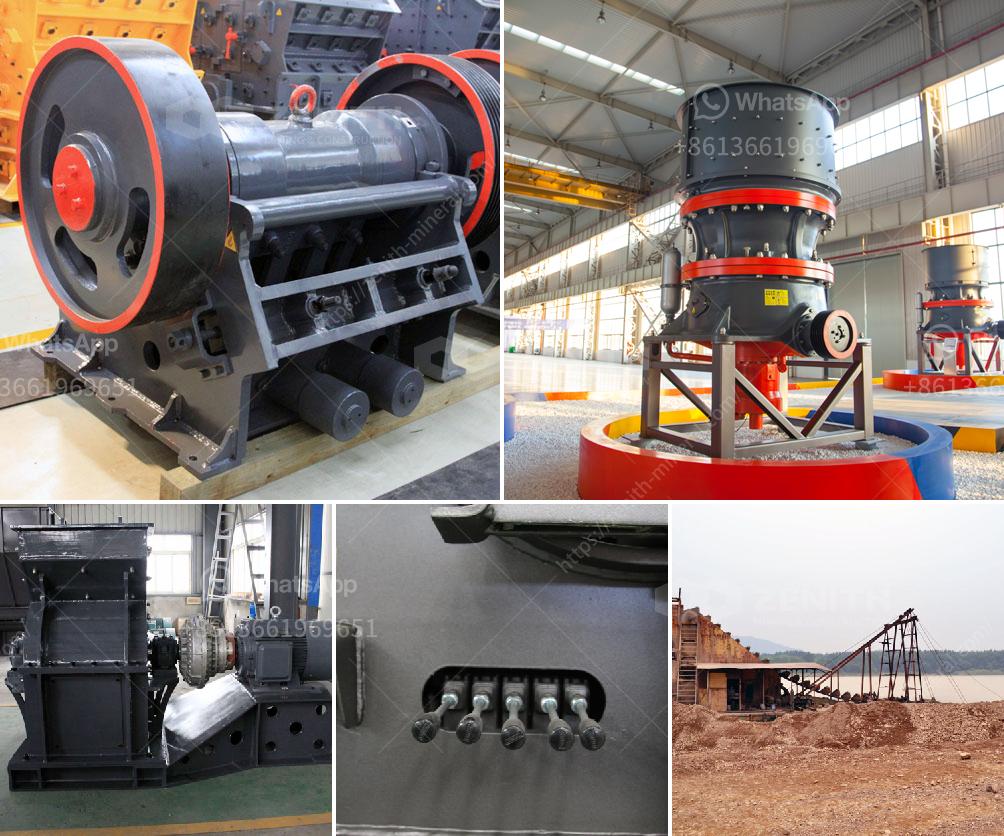Designing an iron ore processing facility involves several key steps and considerations to ensure efficient and effective processing of the ore. The main stages in the design process include crushing, beneficiation, and other auxiliary processes. Here’s a detailed breakdown of each stage:
1. Site Selection and Layout Planning
- Site Selection: Choose a location with proximity to the iron ore deposit, access to transportation (rail, road, or port), availability of water and power, and minimal environmental impact.
- Layout Planning: Design the layout to optimize the flow of materials, minimize transportation distances, and ensure safety. Include areas for crushing, beneficiation, stockpiling, waste disposal, and administrative buildings.
2. Crushing Process
- Primary Crushing: Use a jaw crusher or gyratory crusher to reduce the size of the ore from the mine to a manageable size for further processing.
- Secondary Crushing: Employ cone crushers or impact crushers to further reduce the ore size to achieve the desired particle size for beneficiation.
- Tertiary Crushing: If necessary, use additional crushers to achieve even finer particle sizes.
3. Beneficiation Process
- Screening: Separate the crushed ore into different size fractions using vibrating screens. This helps in efficient downstream processing.
- Grinding: Use ball mills or rod mills to grind the ore to a fine powder, which is necessary for the liberation of the iron minerals from the gangue.
- Magnetic Separation: Utilize magnetic separators to separate magnetic iron ores (e.g., magnetite) from non-magnetic gangue materials.
- Flotation: For non-magnetic iron ores (e.g., hematite), use flotation cells to separate the iron minerals from the gangue.
- Gravity Separation: Employ jigs, spirals, or shaking tables to separate iron minerals based on their specific gravity differences.
- Thickening and Dewatering: Use thickeners and filters to remove excess water from the beneficiated ore, producing a concentrate with the desired moisture content.
4. Auxiliary Processes
- Tailings Management: Design a tailings storage facility to safely store the waste materials generated during beneficiation. Consider environmental regulations and long-term stability.
- Water Management: Implement a water recycling system to minimize water usage and ensure sustainable operations.
- Dust Control: Install dust suppression systems, such as water sprays and dust collectors, to minimize airborne dust during crushing and beneficiation.
- Power Supply: Ensure a reliable power supply to operate the crushing and beneficiation equipment. Consider backup power options.
5. Environmental and Safety Considerations
- Environmental Impact Assessment (EIA): Conduct an EIA to identify potential environmental impacts and develop mitigation measures.
- Safety Protocols: Implement safety protocols and training programs to protect workers from hazards associated with crushing and beneficiation operations.
- Regulatory Compliance: Ensure compliance with local, national, and international regulations related to mining and mineral processing.
6. Automation and Control Systems
- Process Control: Implement advanced process control systems to monitor and optimize the crushing and beneficiation processes in real-time.
- Automation: Use automation technologies to improve efficiency, reduce human error, and enhance safety.
7. Economic and Feasibility Analysis
- Cost Estimation: Estimate the capital and operating costs of the facility, including equipment, labor, energy, and maintenance.
- Feasibility Study: Conduct a feasibility study to evaluate the economic viability of the project, considering factors such as ore grade, market demand, and commodity prices.
Conclusion
Designing an iron ore processing facility with crushing and beneficiation involves a comprehensive approach that includes site selection, process design, environmental and safety considerations, and economic analysis. By carefully planning and optimizing each stage of the process, you can ensure efficient and sustainable operations that maximize the recovery of valuable iron minerals while minimizing environmental impact.

